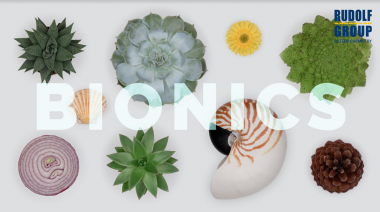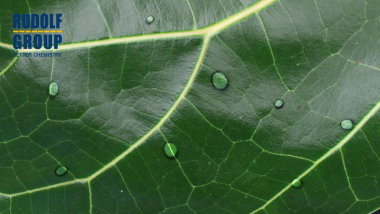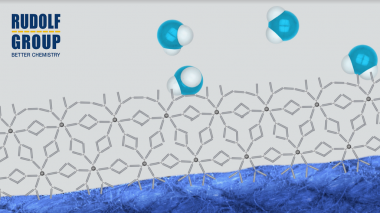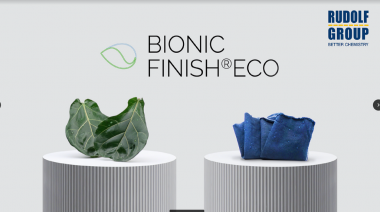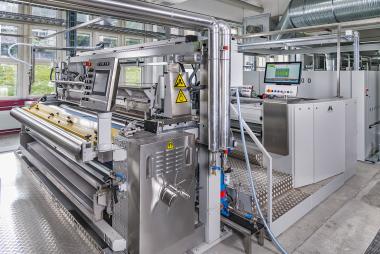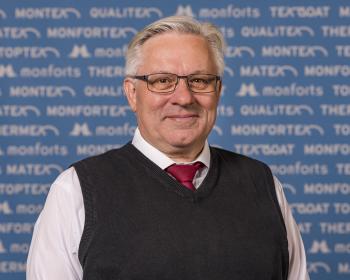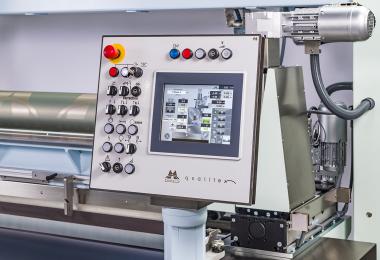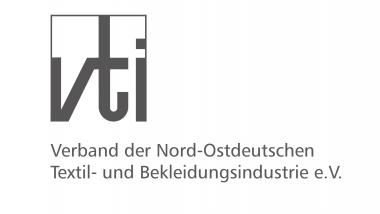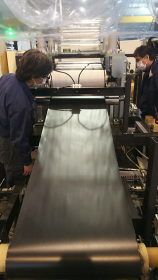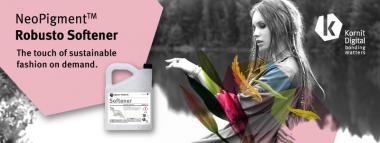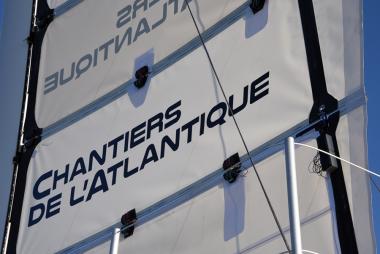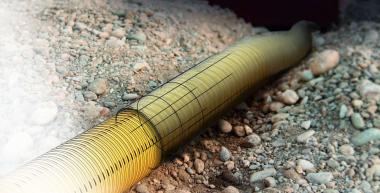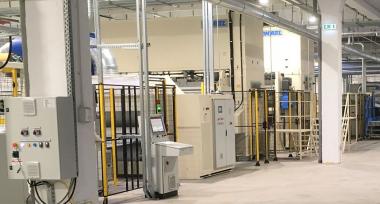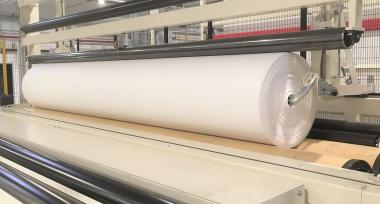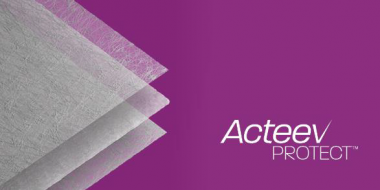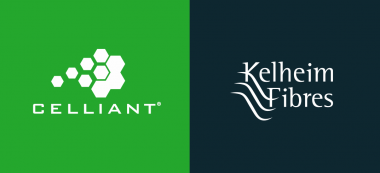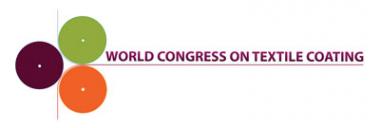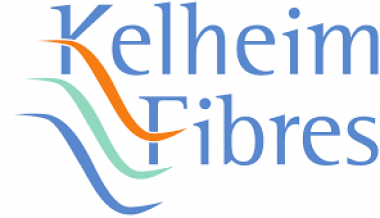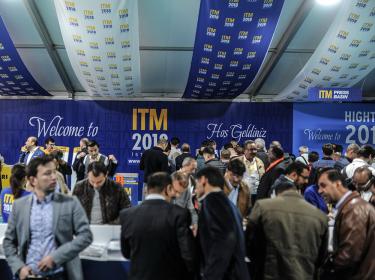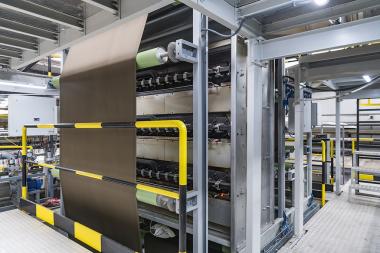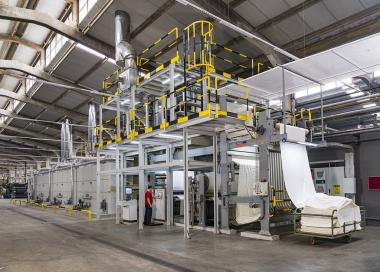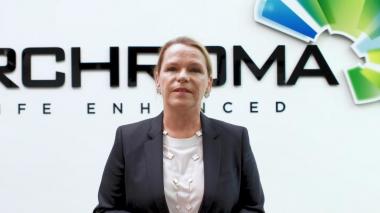BIONIC-FINISH®ECO by RUDOLF GROUP
- BIONIC-FINISH®ECO Fluorine-Free, Water Repellent Finishes for Ultimate Performance
In recent years, many scientists have shifted from favoring a “primordial soup” in pools of water to hydrothermal vents deep in the ocean as the original source of life on Earth. Regardless what the real beginning really was, water was certainly involved in the process some 3,5bln years ago. And since then, Mother Nature designed many ways to benefit of water and to be sheltered from it. Many engineering challenges humans face can be solved by turning to those 3,5bln years of experience and by using natural design as springboard. That’s biologically inspired engineering or, in short, bionics. BIONIC-FINISH®ECO of RUDOLF GROUP is Mother Nature’s work reproduced on textiles and apparel to protect us from water. To perform.
Back in 2003, RUDOLF GROUP borrowed from Mother Nature the idea of dendrimers (from dendron, Greek word for ‘tree’), molecules made of multi-functional branches that interact among themselves, co-crystallize, and self-organize into highly ordered, multicomponent systems. These hyper-branched polymers attach to the textile and embed fluorine-free, durable water-repellent performance.
In 2021 BIONIC-FINISH®ECO comes as a reviewed and extended family of unique nonhalogenated, APEO-free, fluorine-free formulations suited for different materials and designed for different applications and needs. Still very much based on patented dendrimer technology, the new and strengthened BIONIC-FINISH®ECO’s product portfolio:
• Provides non-fluorinated and highly durable water repellent textile finishes for high-performance, professional applications (e.g. when brushing resistance is required);
• Delivers highly efficient and durable performance with low application amounts thus not affecting fabric feel and appearance (e.g. when remarkable softness is important);
• Fulfills a range of challenging technical requirements (e.g. minimal impact on flame retardant properties of technical fibers);
• Is suitable for both sportswear and outdoor applications, as well as for casual apparel and fashion clothing;
• Is bluesign® approved, ZDHC chemical gateway certified and compliant with most RSLs;
BIONIC-FINISH®ECO new portfolio includes universal and versatile solutions targeting the most standard requirements, as well as customized solutions that meet more demanding and specific expectations such as improved resistance to dry-cleaning. “None of us can entirely predict where our voyage will lead” says Dr. Gunther Duschek, RUDOLF GROUP Managing Director. “However, BIONIC-FINISH®ECO of RUDOLF GROUP will always be the fluorine-free, durable water repellent for ultimate performance. As it is today”.
EFFE-BI SRL PR & COMMUNICATION


